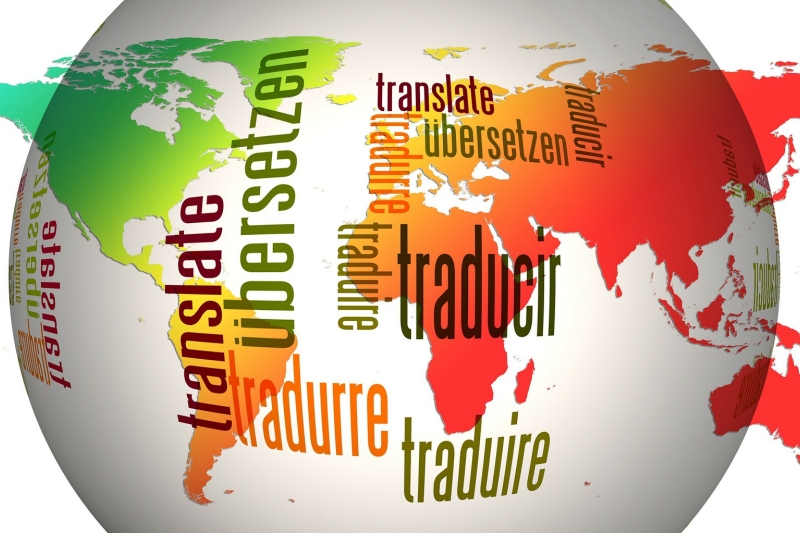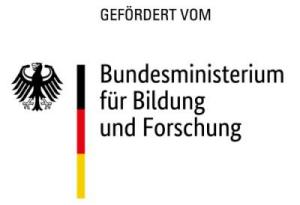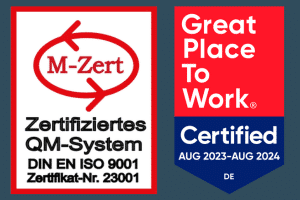SAP TRANSLATION: How To Successfully Roll Out Your ERP Software Globally in 39+ Languages
Organizations dealing with topics like internationalization and globalization may sooner or later have to face with language-related aspects, especially when implementing their enterprise software globally. Let’s take a deep dive into the realm of SAP translation and highlight which aspects have to be taken into account when embarking on an SAP global rollout involving languages and SAP translation.
We already dealt in some previous blog articles with language-related topics like Translation Memories, Machine Translation and Transliteration. In this article by QUANTO Solutions we will focus on SAP translation, giving an introduction on the topic of translation in the context of SAP, including an overview of the standard SAP language availability and describing the most important aspects to consider when organizations rolling out their SAP solutions worldwide need to translate SAP software and documentation into more languages.
SAP LANGUAGE AVAILABILITY
SAP ERP ECC and its successor SAP S/4HANA are both available in 39 languages:
Catalan, Chinese Simplified and Chinese Traditional, Croatian, Czech, Danish, Dutch, English, Estonian, Finnish, French, German, Greek, Hebrew, Hindi, Hungarian, Italian, Japanese, Kazakh, Korean, Latvian, Lithuanian, Malay, Norwegian, Polish, Portuguese, Romanian, Russian, Serbian, Slovak, Slovenian, Spanish, Swedish, Thai, Turkish, Ukrainian, Vietnamese.
Even if the language coverage is not the same for all supported languages, being English the only language with a 100% availability, the number and the extent of the language covered is quite impressive.
Curious to know which languages are available to which extent? You can find this information for the major software components in the SAP Note 2825302.
The list of languages that are not actively supported but can be activated – this means that an SAP language key is available – is even larger. So, if you need to have your SAP solutions available in languages like, for example, Afrikaans, Albanian, Bosnian, Burmese, Farsi, Lao or Tagalog, just to name a few, SAP provides the required language code to enhance your system with a new language and add your own translations.
Moreover, SAP covers the most important country-specific legal requirements and customers can rely on SAP solutions that are always up-to-date. You can find more information about country and language versions for SAP products on the SAP Globalization Services website.
ADDITIONAL SAP TRANSLATION REQUIREMENTS
There is no doubt that the SAP language coverage and the scope of country-specific requirements offered is quite remarkable and outstanding.
However, global companies have quite often additional functional needs ranging from custom developments or new customizing table entries to cover special business requirements, or they need material master or business partner data to be available in English and/or local languages. Most countries require documents like payroll or annual financial statements to be compliant with the regulatory provisions and be available in the local official language. And, last but not least, some global companies may need to expand their business to countries speaking languages or language variants like Canadian French or Swiss German not currently available in the SAP standard delivery.
For those reasons, it is crucial for international organizations to have a consistent approach to language and translation:
- to lay out a consistent language strategy
- to overcome pitfalls, they may come across when rolling out their enterprise solutions globally
- to have a positive and predictive impact on costs
- to hire good and affordable personnel in countries where English skills are not a matter of course
Before starting an SAP rollout project involving different countries and languages, it is paramount to define the right translation scope, this means to check following aspects:
- Is translation into local languages really needed?
- Or can we do just provide English?
- In which countries can we just provide English-only?
- In case we decide to provide local translations, which languages do we need?
- Which functionalities, which transactions or which applications are used in each country or business location?
- Once the SAP translation scope is defined, which translation tools are the most appropriate?
DEFINING THE SAP TRANSLATION SCOPE
Before starting an SAP rollout project involving different countries and languages, it is paramount to define the right translation scope, this means to check following aspects:
- Is translation into local languages really needed?
- Or can we do just providing English?
- In which countries can we just provide English-only?
- In case we decide to provide local translations, which languages do we need?
- Which functionalities, which transactions or which applications are used in each country or business location?
- Once the SAP translation scope is defined, which translation tools are the most appropriate?
Is translation into local languages really needed?
SAP translation is not a trivial exercise. An SAP translation project often requires the allocation of resources and budget over a longer period of time, including not only initial translation but also translation of recurring updates over the years. In your decision-making process you should therefore carefully evaluate pros and cons and consider that, depending on the volume and complexity of your project, your initial decision will impact your processes also in the future.
Can we just provide English? In which countries/languages?
To answer this question, you need to consider the type of industry you are operating in. According to the type of business, English proficiency may vary significantly. Industries having a large workforce like manufacturing, automotive, construction or food usually have the lowest English proficiency scores.
Secondly, you have to consider the countries/regions of your SAP rollout.
There are regions or countries like Northern Europe or Scandinavia where English skills are very good. However, users still prefer to work in their native language and in some countries like Belgium there are statutory provisions requiring the use of local language.
Southern Europe’s ranking has improved in the last few years, especially among the younger generations. However, using English in the daily communication has proven to be still insufficient in many business situations.
Asia has the widest differences in English proficiency levels. Singapore had the highest score among Asian countries. Yet some Central Asian countries are ranking at the bottom of the list. Here translation generally makes sense.
Apart from some exceptions like Israel or the United Arab Emirates, the Middle East and North Africa generally don’t have strong English skills and are the only regions with declining English proficiency levels. Translation for these regions is recommended. Of course, these are general statements that should be checked against the current situation where your operations are located.
Providing English-only for SAP translation may prove to be a viable approach for those countries with English as an official language. Apart from the English proficiency issues, for all other countries you should better check if regulatory reporting in English can be accepted from a legal point of view.
In a quite typical scenario, software programmers write directly in English, even though English is not their native language. However, programmers are not expert linguists, and you cannot take for granted that this will result in software applications and documentation written in a flawless and understandable English. Post-editing activities may be needed, an option which may not be a really less expensive alternative than translation into local languages.
Which functionalities, which SAP transactions or which applications are used in each country or business location?
For each target language/country you have to check which functions which processes or which applications are mainly used in each country or business location. Secondly, you have to choose the appropriate translation tools for your project. This depends on the magnitude of your project and on the type of texts to be translated (ABAP texts with the classic SAP translation tools like SE63, LXE_MASTER or Fiori Apps, training material or documentation, material master data, business partner master data etc.). This approach will have a positive and predictive impact on costs along the entire SAP translation project.
CHOOSE THE RIGHT EXPERT FOR YOUR SAP TRANSLATION PROJECT
The key to a successful SAP rollout project including languages and translation is to choose the right experts for the job. Our proven SAP translation experts at Quanto support you on each step of the way to a successful SAP rollout involving languages and translation.
Our SAP translation portfolio at a glance:
- Scoping of translation projects
- SAP system setup, maintenance and optimization of your SAP translation environment
- SAP translation and localization in 39 languages (further languages not included in the SAP standard delivery are also available):
- SAP system translation (ERP/SAP S/4 HANA including Fiori Apps, Customizing, Master data)
- Translation of all rollout materials including trainings and system documentation
- SAP translation project management
- SAP translation tool development
- Transliteration service (QTC)
- STH (SAP Translation Hub) integration
- Terminology management
- Language acceptance tests
- Troubleshooting
- Big Data integration
We at QUANTO Solutions will be happy to assist you and deliver tailor-made SAP language and translation solutions for your business!
Find out how we can help you and get one initial consultation from our proven SAP language and translation experts free-of-charge! Or contact us at [email protected]










